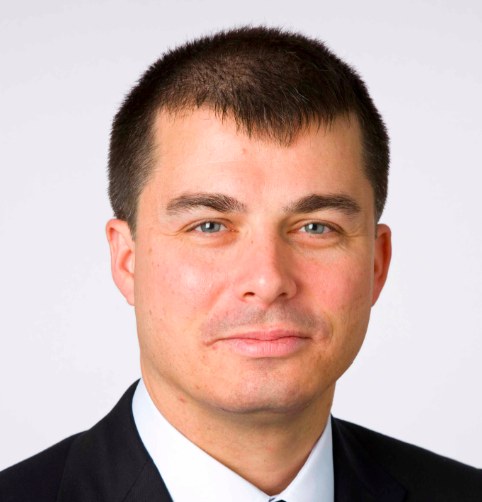Barclays Americas CEO to Step Down from His Role as the Bank Prepares for Transition
| By Fórmate a Fondo | 0 Comentarios

As a result of Section 165 of the Dodd-Frank Act, Barclays will be required to establish an Intermediate Holding Company in the US, incorporating all of its subsidiaries in the region, by 1 July 2016.
Barclays has announced changes to the leadership of its Americas operations to prepare for this significant transition, one which will require a great deal of management focus over the next two years on regulatory relations, compliance, and the very significant legal and operational ramifications associated with the creation of the new entity.
Given this focus, Hugh (Skip) McGee III, currently CEO of Barclays Americas, has decided to step down from his role, and from the Barclays Group Executive Committee, on 30 April 2014.
Joe Gold, currently Global Head of Client Capital Management, will be appointed on 1 May 2014 to a restructured role as CEO of the Americas, reporting to the Co-CEOs of the Corporate and Investment Bank, Tom King and Eric Bommensath. Mr Gold will be a member of the CIB Executive Committee. As well as leading the transition to an Intermediate Holding Company, Mr Gold will also lead the governance of all of Barclays’ American businesses, and oversee the implementation of Barclays’ Group strategy in the region.
Stephen Thieke, a Non-Executive Director of the Barclays Group, has agreed to provide strategic advice and guidance, specifically on the transition to the Intermediate Holding Company, to Mr Gold and his team. Mr Thieke has over four decades of experience in financial services, both in regulation and investment banking, including 20 years working for the Federal Reserve Bank of New York.
Commenting on the changes, Antony Jenkins, Group Chief Executive, said: “Skip McGee has delivered outstanding service over the last 21 years, both at Barclays and previously at Lehman Brothers. He has been the longest-serving Head of Investment Banking on Wall Street, and our most senior client-facing executive, responsible for driving some of the industry’s highest profile transactions. Skip has made a significant contribution over the last year as CEO of the Americas, and he has been a valued member of my Group Executive Committee.” And he adds: “Our Americas operations are a successful and important part of the Barclays Group. Joe Gold is a proven leader and has a track record of strong execution, having led the strategic development of a number of key businesses while at Barclays. He understands the rapidly-changing regulatory landscape and will ensure that our American interests are well-positioned to deliver great solutions for our clients and customers, as well as improved returns for shareholders in an evolving market environment.”
Commenting on his decision to step down, Mr McGee said: “After 21 years with Lehman Brothers and Barclays, I have made the difficult decision to leave. Banking is a ‘team sport’, and I am incredibly proud of the team we assembled here. It has been a true honor and privilege to work with so many talented people over the last two decades. We have accomplished a great deal since the combination of Barclays and Lehman in 2008. As for me, I am looking forward to my next challenge.”
Joe Gold is currently Head of Client Capital Management at Barclays, based in New York. Joe has led the strategic development of the Client Capital Management group since March 2010, creating a centralised function responsible for the management of credit risk and capital across the loan and derivatives portfolios, as well as the optimisation of related collateral. He joined Barclays in London in 2002. A native of Chicago, Illinois, US, Joe holds a BA in Finance from Marquette University and an MBA from the University of Chicago. He is a board member of the Komen Foundation of Greater New York City. Joe is married with two children.






